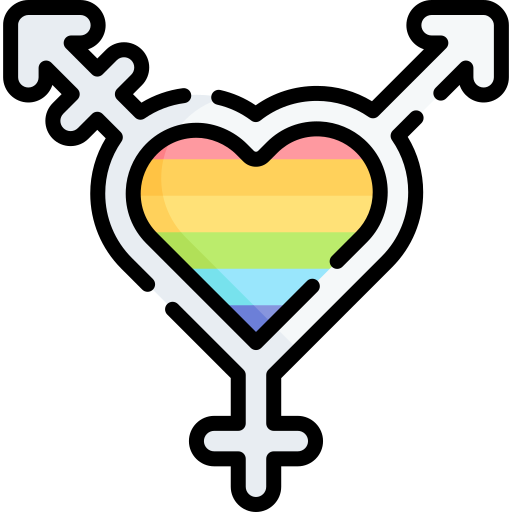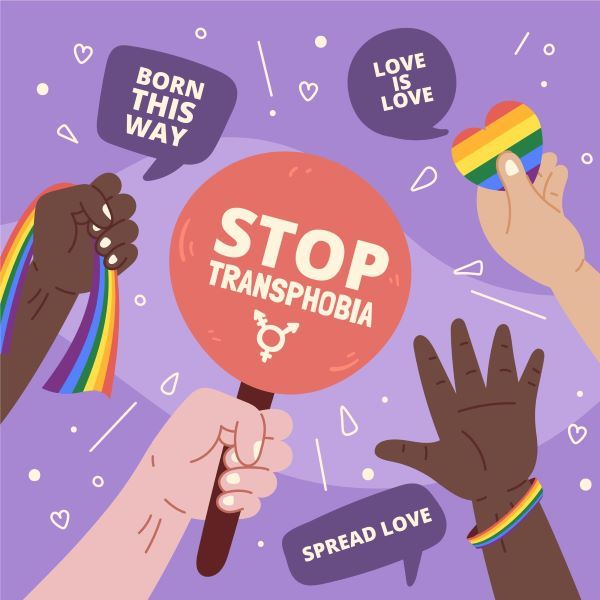
This logo isn't an ad or affiliate link. It's an organization that shares in our mission, and empowered the authors to share their insights in Byte form.
Rumie vets Bytes for compliance with our
Standards.
The organization is responsible for the completeness and reliability of the content.
Learn more
about how Rumie works with partners.
Do you ever imagine a world where everyone is welcomed just as they are, no matter who they love or how they identify?

The good news is, as an LGBTQ+ ally, you can play a part in making this dream come true!
Do you want to know what you can do and how you can help create a world that's more open and accepting for everyone? It's time to find out!
What an LGBTQ+ ally is
First things first...an LGBTQ+ ally is typically a straight and/or cisgender person who supports and stands up for the rights and well-being of people in the LGBTQ+ community.
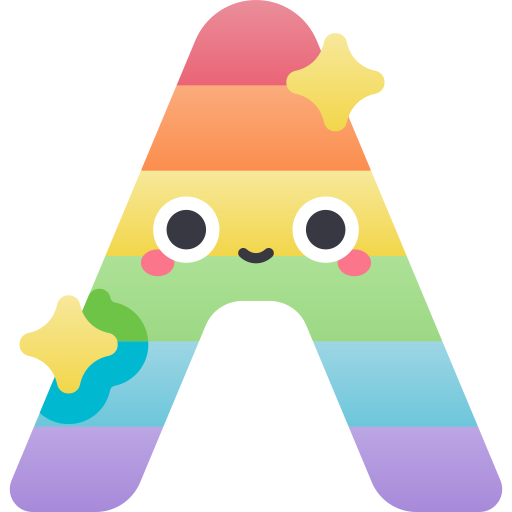
As a friend and ally, you celebrate diversity and equality, working towards a world where everyone feels accepted and respected. You listen, learn, and take action to create a safe and inclusive environment for all.
It's about being a friend, a supporter, and a positive force for change in the journey towards equality and understanding.
Watch people give their definitions of an LGBTQ+ ally in the video below:
Did you know?
See also: What does LGBTQ+ stand for?
How to support the community as an LGBTQ+ ally
Stay informed about LGBTQ+ issues, terminology, and experiences. Read articles, books, and attend events to better understand the challenges faced by the community. Listen to podcasts to learn from their perspectives.
Empathize with their struggles and validate their feelings. Keep an eye on the people you know who are part of the LGBTQ+ community. Offer a listening ear and be there for them when they need you.

Speak up against stereotypes and misconceptions about the LGBTQ+ community. Correct misinformation and help others understand the diversity within the community.
Use inclusive language and avoid offensive or derogatory terms that may contribute to discrimination. Respect pronouns and identities. Use the correct pronouns that individuals prefer to describe their gender.
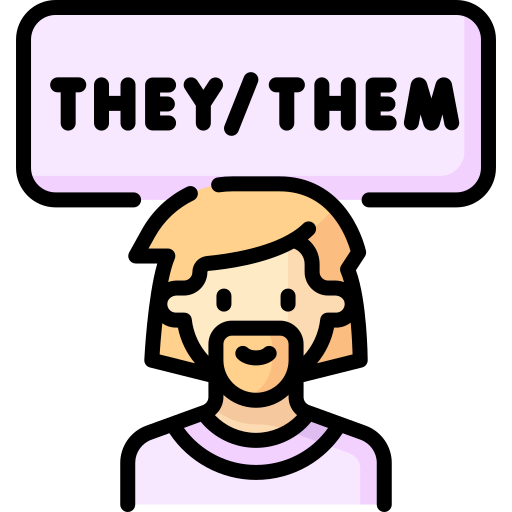
Stand up against discrimination and harassment. Intervene if it's safe to do so or report the incident. Help create a safer environment.
Participate in LGBTQ+ events, parades, and activities to show solidarity and support.
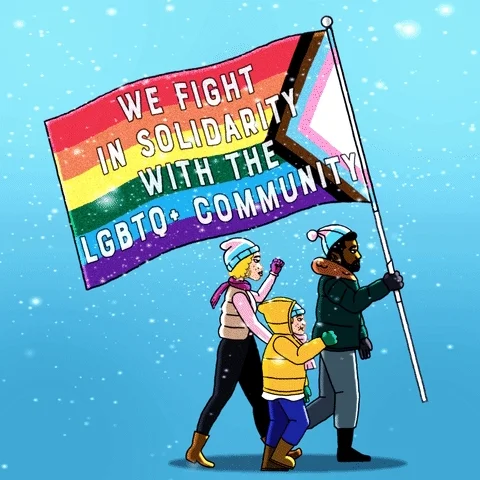
Did you know?
If you come across discriminatory comments or posts on social media, use the report tool available on the platforms. By reporting, you'll draw attention to the content, and site managers will address it. Most websites strictly enforce posting rules, and any hateful content is likely a violation of these rules.
How to avoid discriminatory language

Avoid saying, "transgender people and normal people"
Say instead, "transgender people and cisgender people"
Saying 'normal' implies 'abnormal', which is a stigmatizing way to refer to a person.

Avoid saying, "Ladies and gentlemen"
Say instead, "everyone", "folks", and "honored guests"
Moving away from binary language is more inclusive of people of all genders.
Quiz
Select all options that promote a more respectful and welcoming conversation:
Terms like "guys and gals" are gendered and less inclusive. Opt for "folks" or "everyone" to create a more welcoming atmosphere. Choose "police officer" over "policeman" to avoid binary (one or the other) language.
Did you know?
While they may seem trivial, making little changes in how we speak really matters. It helps create a more inclusive and respectful space.
How to be mindful and cautious
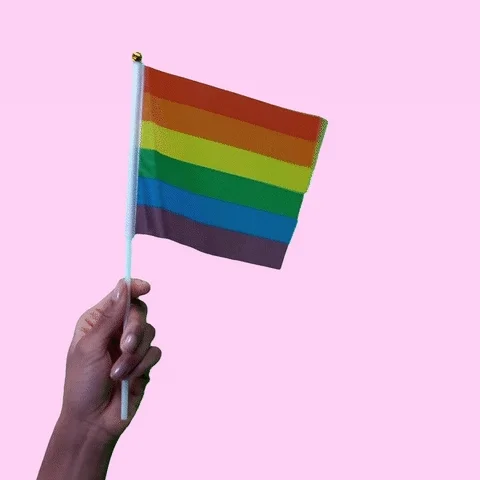
As a straight person supporting their LGBTQ+ friends, you might face the same teasing or bullying they do. Whenever possible, refrain from explicitly disclosing your heterosexual identity just to sidestep uncomfortable situations.

Be cautious about dominating conversations. If others seek your opinion on LGBTQ+ topics or issues, suggest resources such as books, magazines, podcasts, or social media accounts created by and for the community. It ensures that the voices of community members are heard directly.

This Byte has been authored by
Sinem Başaran
Digital Learning Designer
BA
